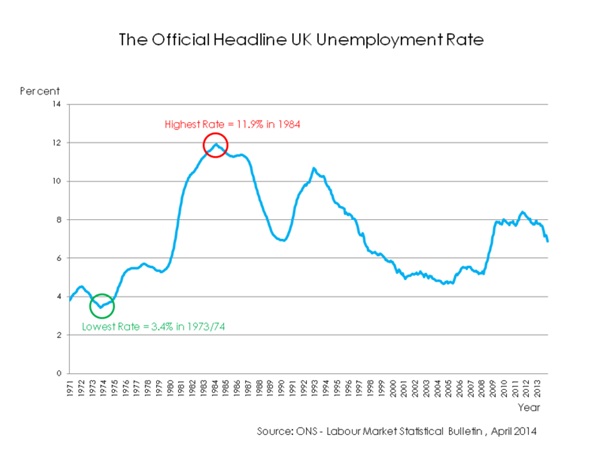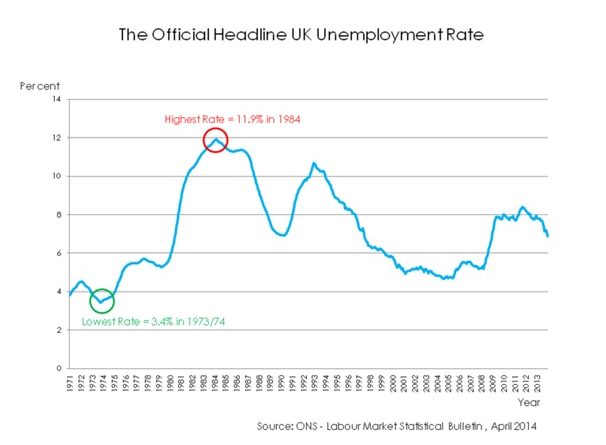UK unemployment at lowest level for over a decade
To many economists’ surprise, the unemployment rate reportedly slid to 5% (from 5.1%) in the first quarter of 2016. With the unemployment rate at its lowest since October 2005, this indicates that more people in Britain are in work than was predicted. Can we expect this positive trend to continue throughout 2016?

EU referendum
Some economists stated that the uncertainty surrounding the 23 June referendum on EU membership could have made companies cautious about taking on new staff, suggesting that most business would delay important recruitment decisions until after the vote. This could lead to further changes to statistics towards the end of 2016. Nevertheless, the release of the aforementioned optimistic data by the Office for National Statistics shows that the UK labour market is currently in a reasonable position.
How will unemployment data affect you?
In a recent report, the Telegraph quoted James Knightley of ING Bank, who said that data remaining strong would “help build the case for an interest rate rise early next year”.
It is thought that the movement of inflation will be much clearer by this year’s second half; however, many economists agree that a rise is expected but that it will be pushed back for several months. Experts also say that the fall in unemployment is promising in terms of pay scales because employers have to look at offering more appealing salaries to attract and keep the best staff.
If you are currently unemployed and have fallen into debt, you can explore an IVA through Carrington Dean or another debt solutions provider. An IVA is an agreement between you and your creditors that allows you to make repayments more affordable, putting an end to your financial worries.
How do we keep unemployment low going forward?
When discussing unemployment, we must remember that this category includes those between jobs in addition to those who have been unemployed for a continued period of time. There is evidence that points to an increase in the number of people staying longer on jobseeker’s allowance; therefore, if we want to continue driving change in 2016, our government must start taking action to help those who have been out of work the longest to secure jobs and to put more measures in place to support disabled people in the workplace.


